Rooms inspired by paintings: A Bar at the Folies-Bergère
Wednesday, 25 June 2025
Introducing a new series where I build an interior design scheme based around a painting!
I'm starting off with what might be my favourite painting of all time - A Bar at the Folies-Bergère by Édouard Manet. I had a lot of fun with this colour scheme because it's soft, sophisticated, and surprisingly contemporary.
A Bar at the Folies-Bergère was Manet's last major painting - finished a year before he died - and was exhibited in 1882 at the Salon in Paris. The Salon was an art exhibition that featured work by recent graduates of the Académie royale de peinture et de sculpture (Royal Academy of Painting and Sculpture). The very first exhibition was held in 1667 in the Palais-Royal, but from 1725 the exhibition moved to the Salon de Carré in the Louvre Palace (now the Louvre Museum).
Because the academy favoured traditional and conventional works and rejected anything that didn't adhere to their tastes, forward-thinking, avant-garde artists created Salon alternatives such as the Salon des Refusés (Salon of the Refused) and the Salon des Indépendants (Salon of Independents) to exhibit their work, which led to the decline of the Salon de Carré in the 1880s.
Felicien Myrbach-Rheinfeld's Candidates for Admission to the Paris Salon, late 19th–early 20th century.
A Bar at the Folies-Bergère was considered controversial due to a number a reasons.
The painting depicts a scene from modern society - the buzz of the Folies-Bergère, a music hall founded in 1869 famous for the mildly risqué content of its entertainments. Scenes of theatre life, recreational activities, Parisian cafés, anonymous passers-by, workers, and prostitutes were not well received by academics and critics of the time. It diverted from traditional topics such as history painting (classic mythology, biblical scenes etc.), portraiture (of royalty), genre painting, landscapes, and still life.
Even the bowl of oranges on the counter has a deeper meaning - in 19th-century Paris, oranges were often associated with courtesans, suggesting the availability of illicit pleasures at the Folies-Bergère.
So, here is the room I put together based on the colour scheme of A Bar at the Folies-Bergère...
Information: Britannica, My Modern Met, The Courtauld, Art UK, GalleryThane, DailyArt Magazine, ART in SOCIETY, and Artnet.
Engineered Oak Parquet Woodblock by The Natural Wood Floor Co., £51.00 ・ GoodHome Ashmead Kitchen Doors from B&Q, from £16.00 ・ Acton Gloss Wall Tiles in Ocean Blue by Topps Tiles, £1.01/tile ・ 1L Granny Chic Eggshell Paint by COAT Paints, £38.00 ・ Nottingham Kitchen Gooseneck Faucet by Sekelskifte, £310.00 ・ Bosch Series 2 Integrated Fridge Freezer from John Lewis, £729.00 ・ GREPP Solid Brass Handles by Meraki, from £18.00 ・ Bridgerton Fit For a Queen Rug from Ruggable, from £129.00 ・ SERAX Grace Crystal Wine Glass from Selfridges, £28.00 ・ Peonies, 1920 by Charles Rennie Mackintosh Small Framed Print by King & McGaw, £95.00 ・ Lumas Recycled Green Bottle by SKLUM, £12.95 ・ Joules Wollaton Antique Brass Flush Ceiling Light from Next, £95.00.
(If a product isn't linked it's because it was probably a PNG from Google Images.)
The soft blush pink I eyedropped from the barmaid's cheeks to add a touch of femininity to the colour scheme. I really like blush and navy together, it's a fun and youthful combo that can work in any room in the home.
The framed Mackintosh art print from King & McGaw brings a pop of orange into the scheme, mirroring the bowl of oranges in the original painting. I used a marble texture as the worktop in reference to the bar, and the brass hardware was inspired by the foil closures on the champagne bottles. A fluted butler sink adds a touch of Art Nouveau glamour.
I'm quite happy with this design. It feels fresh, young, and glamorous.

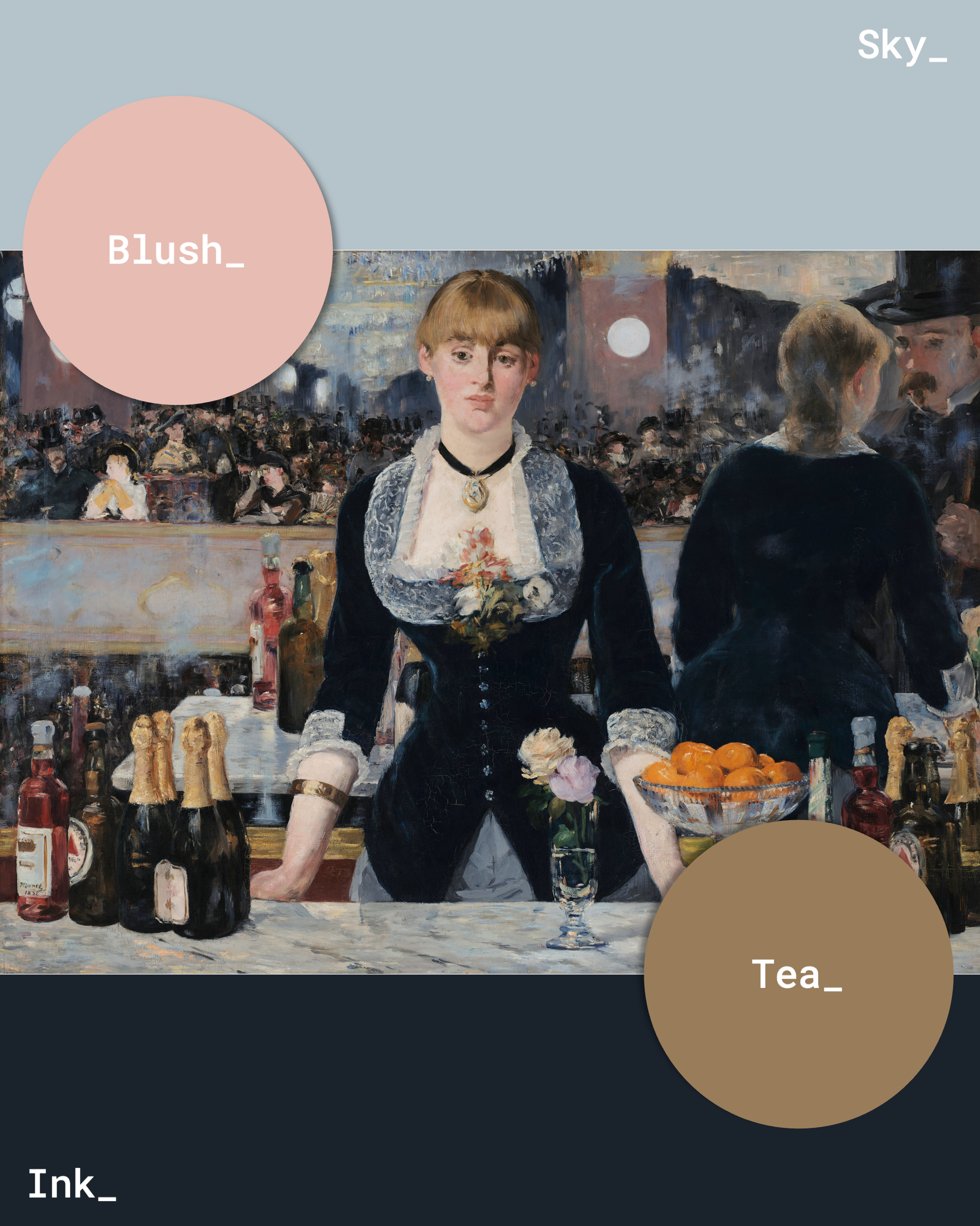







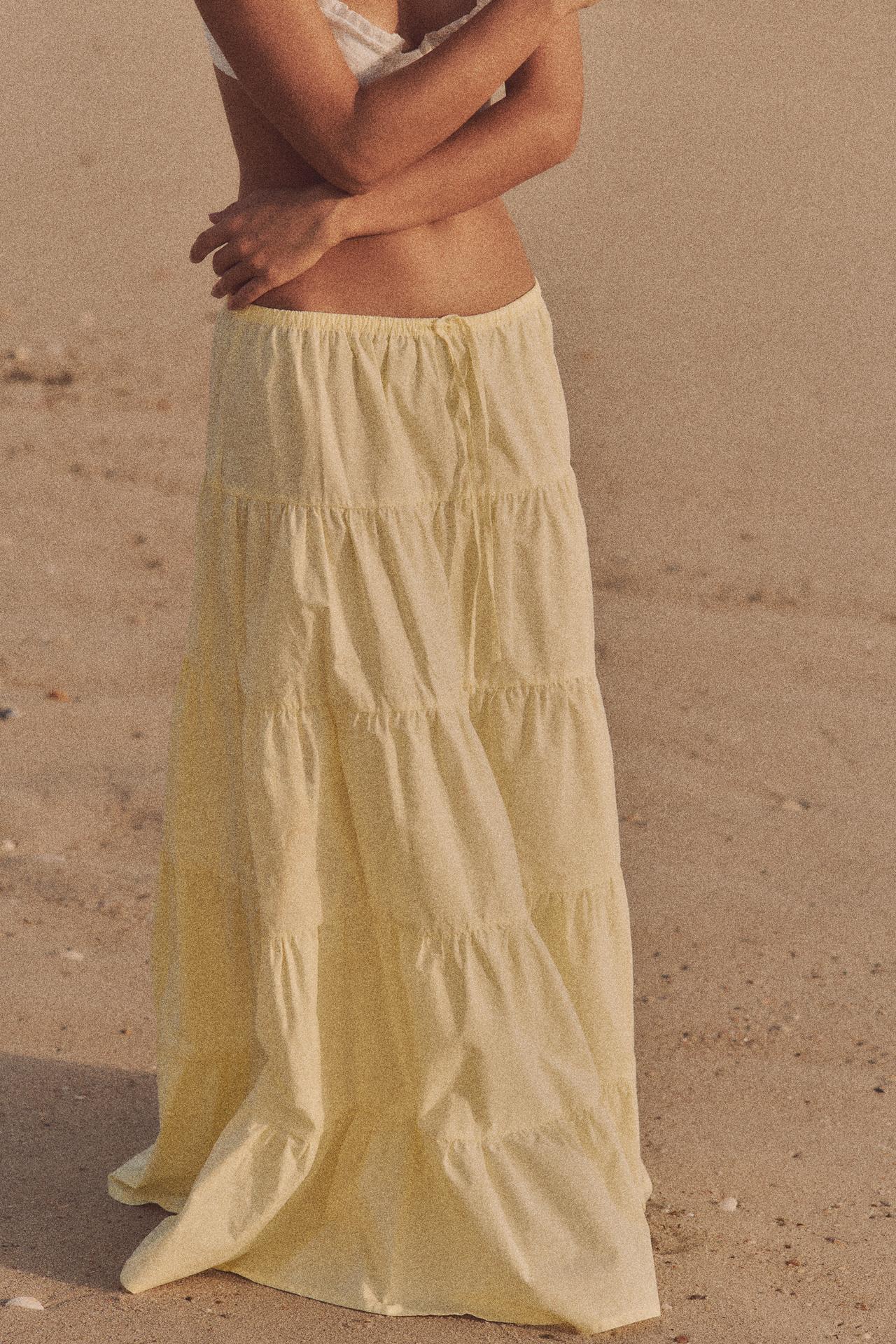





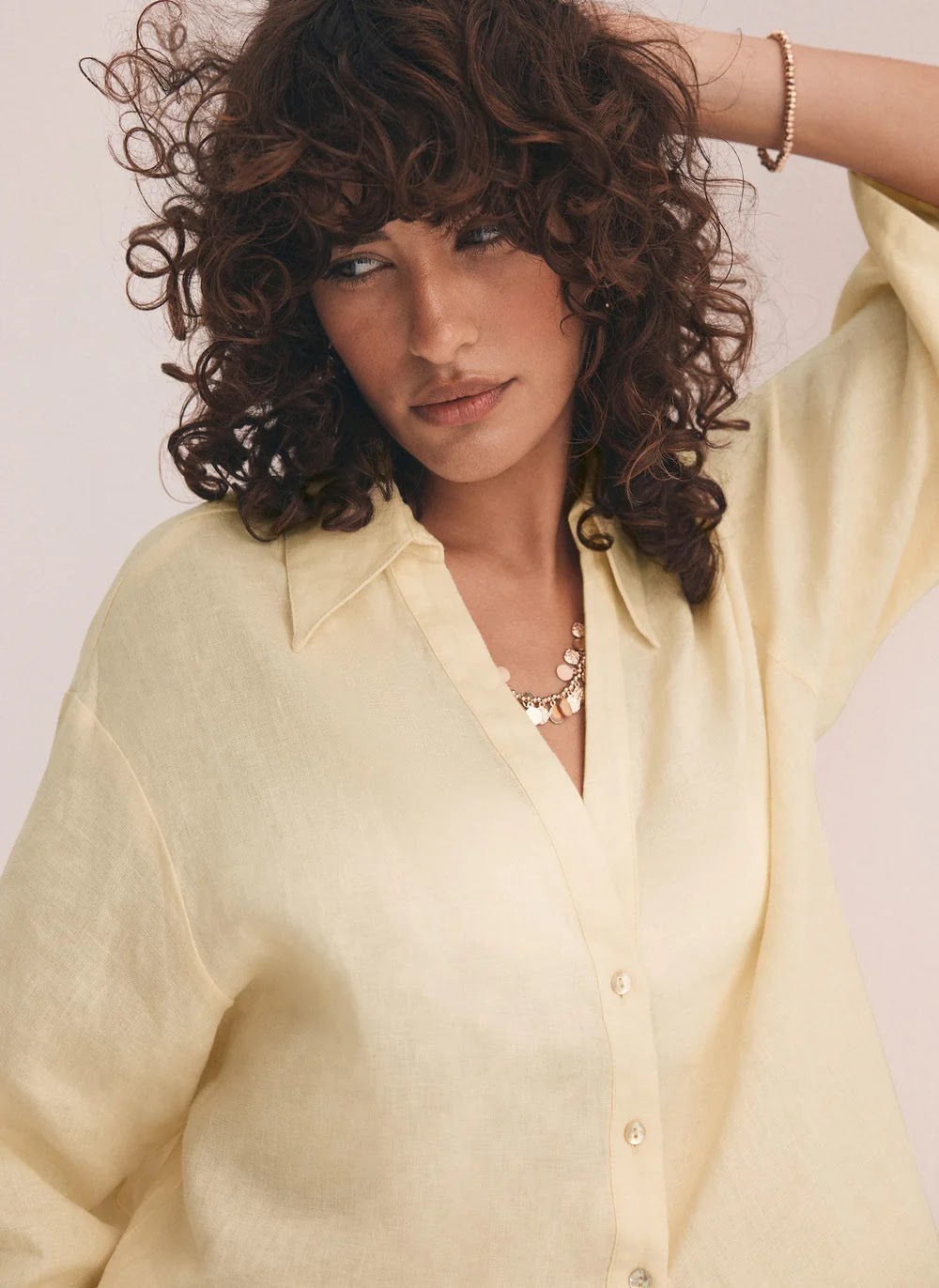






















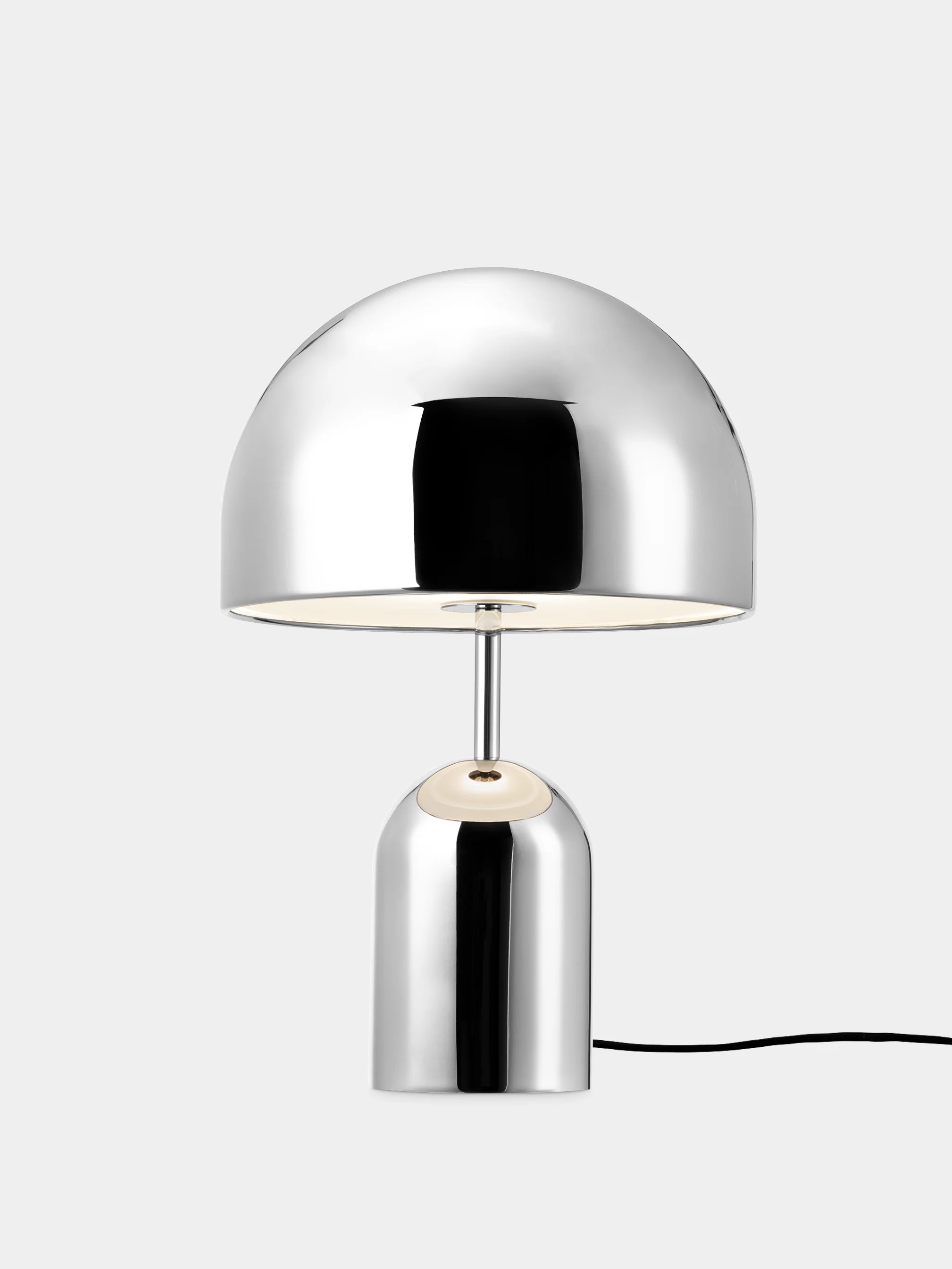
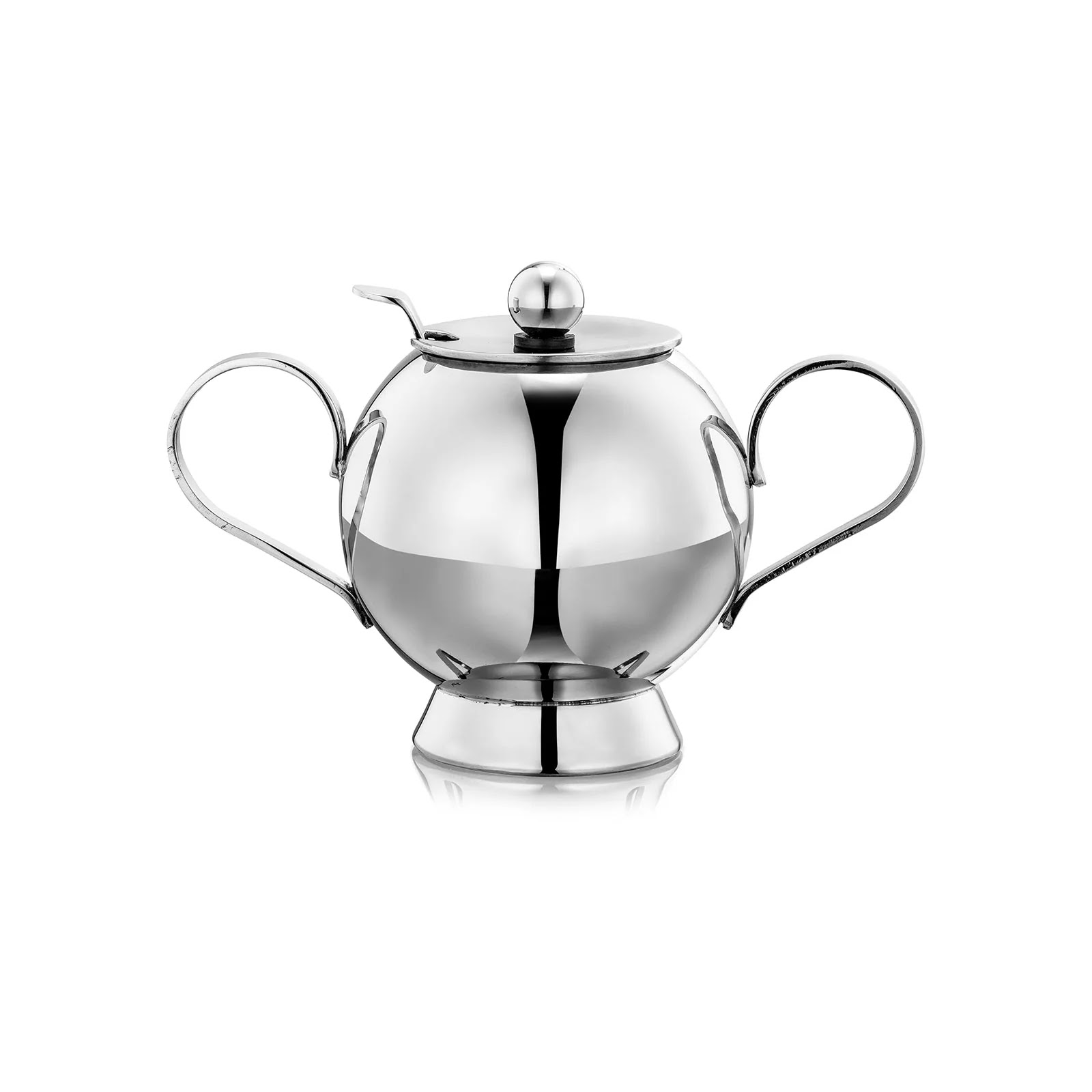






.jpg)


